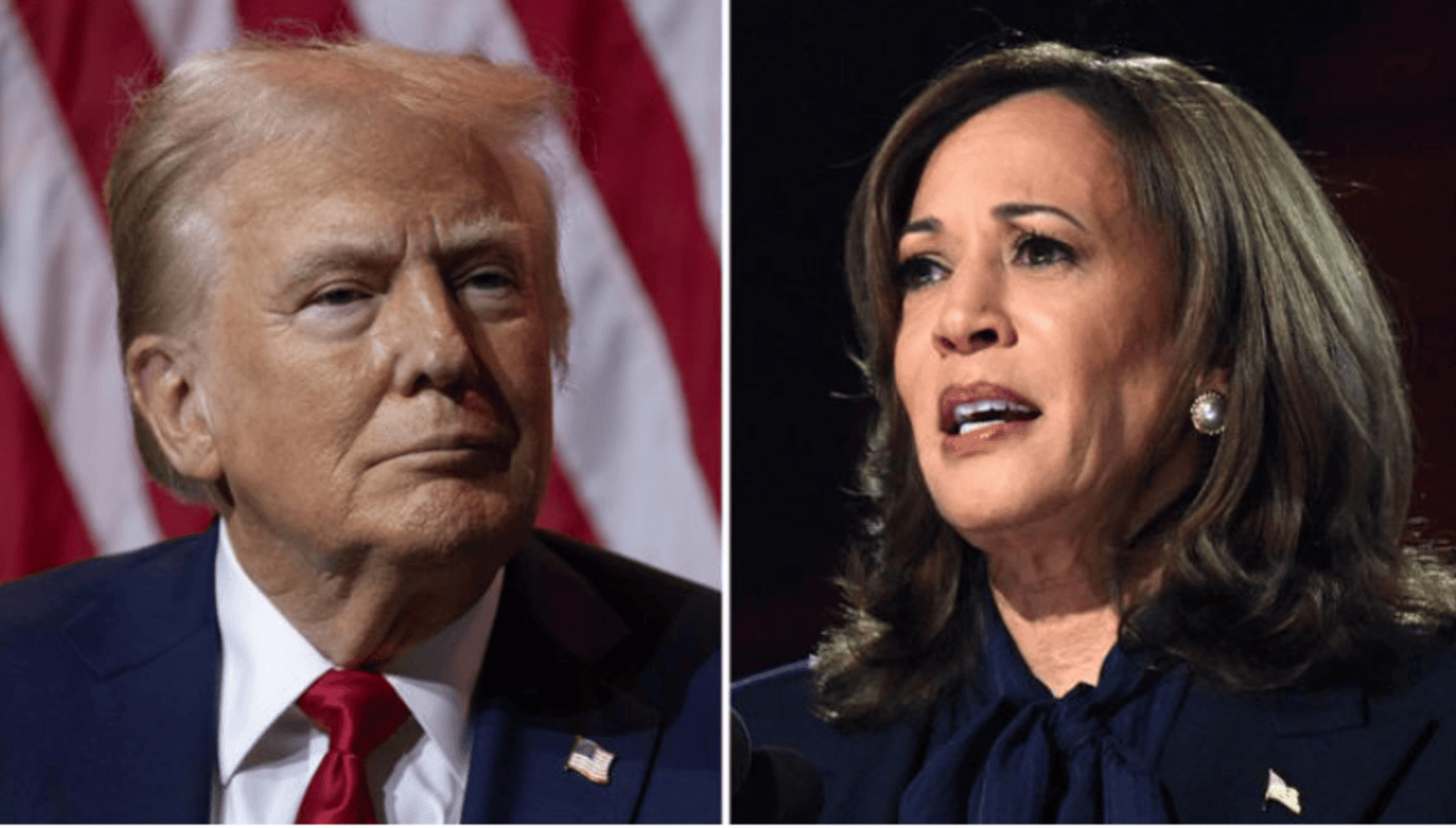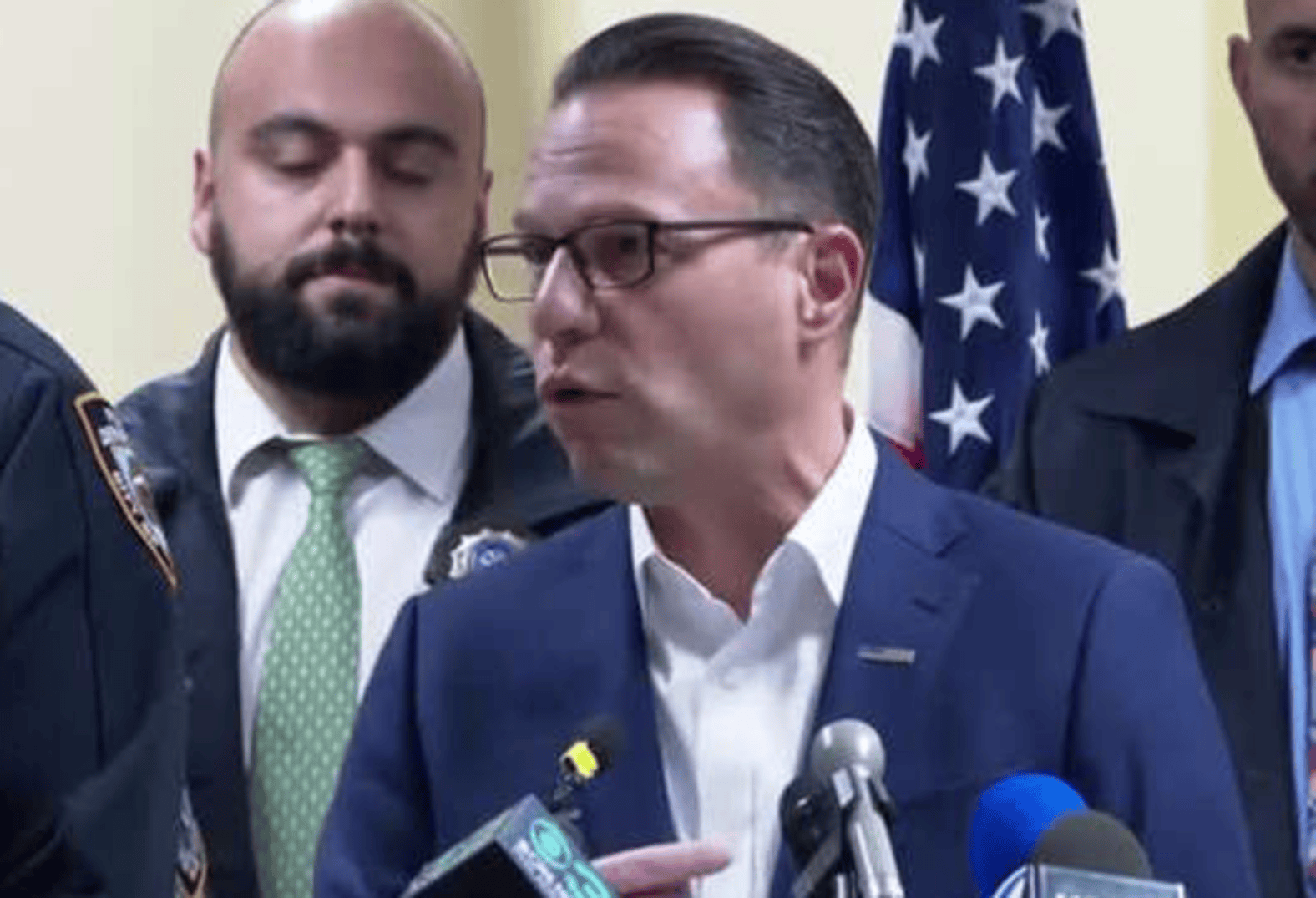
67 Million Tune In: Harris-Trump Debate Impact. Record-Breaking Viewership for Harris-Trump Debate
High Stakes and High Interest
The discussion covered several crucial topics: abortion, immigration, and the 2020 election results. Interest was particularly high because this was the first opportunity to see how Harris would perform against Trump. This contributed to the debate’s higher viewership. 67 Million Tune In: Harris-Trump Debate Impact
Comparison with Previous Debates
The viewership for this debate is notable, especially when compared to other recent presidential debates. The 2024 debate easily surpassed the 51 million who watched the June debate between Trump and Biden. This earlier debate was hosted by CNN and was a key moment in the election cycle. Following that debate, Biden withdrew from the race, which led to Harris becoming the Democratic nominee.
In comparison, the viewership for the first debate between Trump and Biden in 2020 was higher. More than 73 million people watched that debate across all networks. The 2020 debate was highly anticipated and closely followed. It was a significant event in a highly charged election cycle.

Historical Context
Looking further back, the record for the most-watched debate was set in 2016. The first debate between Hillary Clinton and Trump drew a staggering 84 million viewers. This debate remains the highest-rated in terms of television audience size.
Analysis of Viewership Trends
The viewership numbers for the Harris-Trump debate reflect both the high stakes of the 2024 election and the growing interest in the candidates. The 67.1 million viewers represent a significant audience for a non-sports event. However, it is still a decline from the record viewership of 2016.
The decrease in audience size from 2016 to 2024 can be attributed to several factors. Changes in media consumption habits, such as increased use of streaming services, have impacted traditional television viewership. Additionally, political fatigue and shifting voter engagement strategies might also play a role.
The viewership trends for presidential debates reveal much about how media consumption and political engagement have evolved over time. The 67.1 million viewers for the recent Kamala Harris-Donald Trump debate signifies a notable interest in the 2024 election, but also reflects a shift from past viewing patterns.
Firstly, the comparison with earlier debates highlights a downward trend in total viewership.
Many people now prefer to watch content online rather than on traditional television. This shift has led to a fragmentation of audiences across various platforms, reducing the size of live television audiences for major events like presidential debates. The transition to streaming services means that while live viewership might decline, digital engagement through social media and online platforms could still be substantial.
Impact on the Election
The high viewership of this debate underscores the importance of media exposure in modern elections. With such a large audience, the debate provided a critical platform for both candidates to present their positions. The outcome of this debate could influence voter perceptions and campaign dynamics.
As the 2024 election progresses, the impact of debates on public opinion will remain significant. The performance of candidates in these high-profile events often shapes campaign narratives and can sway undecided voters.
The first debate between Kamala Harris and Donald Trump has had a notable impact on the 2024 election landscape. With 67.1 million viewers tuning in, this debate became a focal point for both media coverage and public discourse. Its high viewership underscores the immense importance of debates in modern electoral politics.
Firstly, the debate provided a significant platform for both candidates to articulate their policies and vision. For Kamala Harris, it was an opportunity to present her stance on crucial issues like abortion, immigration, and election integrity. Her performance could either bolster her position as the Democratic nominee or raise doubts among voters. Similarly, Donald Trump used the debate to reaffirm his positions and challenge Harris on key issues, aiming to solidify his support base and attract undecided voters.
Debates often play a crucial role in shaping public perceptions. The way candidates handle pressure, respond to challenges, and engage with their opponent can influence voter opinions. For both Harris and Trump, this debate served as a critical test of their campaign strategies and their ability to connect with the electorate. Strong performances can generate momentum, potentially swaying undecided voters and energizing supporters.
Moreover, high-profile debates can shift the focus of media coverage and public discussions. The intense scrutiny and analysis following the debate can highlight specific issues or controversies, which may dominate the news cycle. This focus can impact voter priorities and contribute to shaping the election narrative.
Overall, the debate’s substantial viewership and its strategic significance underscore its impact on the election. It reflects the heightened engagement of voters and the crucial role that media events play in influencing the electoral process. As the campaign unfolds, the lasting effects of this debate will continue to shape the strategies and public perceptions of both candidates.
Conclusion
With 67.1 million viewers, it surpassed recent debates and highlighted the intense interest in the 2024 presidential race. Although it did not reach the record set in 2016, the debate’s high audience indicates a strong engagement with the current election.
As the campaign continues, the influence of debates and media exposure will be closely watched. The performance of candidates in these forums will continue to play a crucial role in shaping the election outcome.







